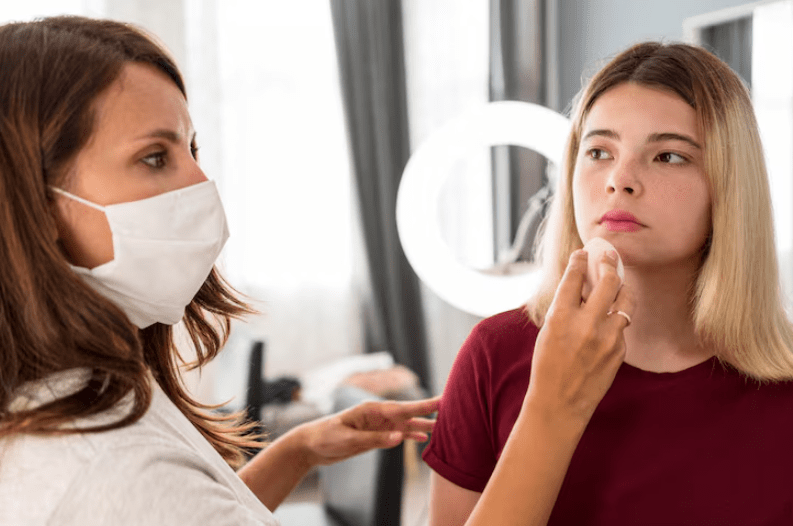
What makes PCL products so compelling
In aesthetics, pcl (polycaprolactone) sits in the biostimulator family: tiny PCL polymer structures are placed as an injectable implant to nudge fibroblasts into making fresh collagen over time. That’s the magic – your own tissue does the remodeling – so improvements in wrinkles, fine texture, and subtle contouring can be long-lasting compared with quick-fade options. Clinical and review papers describe PCL as a collagen stimulator with durable outcomes when used correctly and in series.
Not all PCL products look the same in the syringe. Classic PCL fillers suspend smooth microspheres in a gel carrier; newer concepts aim for wider spread with fewer particles. Gouri injection is often discussed as a “liquid-type PCL” skin booster that disperses through the face and stimulates collagen for overall skin quality – think glow and elasticity versus big, sculptural lift. Clinics showcase before and after sets where tone and fine lines look more even weeks after the session, matching the “slow-build” mechanism clinicians expect from PCL.
On the business side, teams sometimes compare total-episode price not per mL but per outcome month, since PCL’s effect matures as collagen accrues. That value lens (dose + sessions + longevity) explains why PCL keeps a place alongside HA fillers in the clinic range.
Why PCL is technically harder to work with
The same qualities that make PCL impressive also make it unforgiving:
- No quick “erase.” Hyaluronidase dissolves hyaluronic-acid filler, not polycaprolactone. If placement or plane is off, you can’t simply melt it away; management shifts to steroids, 5-FU, energy devices, or, rarely, surgery – ideally with ultrasound guidance.
- Delayed issues can appear. Like other biostimulators, PCL can present delayed nodules or granulomas months later – often related to biofilm or host response – which require clinical workups and staged therapies.
- Plane, dose, and dispersion matter. Because results come from collagen you induce, “too superficial,” “too much,” or “clumped” distribution can translate into visible irregularities long after the injection day. Getting PCL right means careful mapping, conservative aliquots, and experienced hands.
In short: PCL rewards precision and patience; it punishes guesswork.
Why experienced DIY communities warn against self-use
Browse any DIY cosmetic injection forum and you’ll see the same caution: even veteran DIYers urge others not to experiment with PCL or to buy online and try to self-inject. Three reasons come up repeatedly – and they align with the clinical literature:
- Irreversibility at home. Without an enzyme antidote, there’s no at-home fail-safe. If you misplace product, you can’t dissolve it. Management often needs professional ultrasound assessment and prescription-only therapeutics, not to mention sterile technique you can’t replicate on a bathroom counter.
- Complication profile is non-trivial. Delayed granulomas and biofilm-related issues are documented; recognizing and treating them requires diagnostics, not guesswork. Even pros sometimes consult each other for stubborn cases.
- Longevity cuts both ways. Everyone loves “long-lasting,” but a long-lasting mistake is, well, long-lasting. Unlike a short-acting HA tweak, a misjudged PCL session can leave months of aesthetic or textural problems that are slow to unwind
Bottom line
PCL biostimulators are powerful tools: they can elevate skin quality, soften etched wrinkles, and refine contouring with results that unfold naturally over time. Innovations like Gouri injection have broadened the PCL range, adding “liquid-type” approaches aimed at global skin improvement rather than sculptural volume. But the very features that create those elegant outcomes – tissue remodeling, durability, dispersion – also demand professional planning and complication backup. If you’re a patient tempted to buy online, don’t. Seek a trained clinician who can assess indications, set expectations, and manage what happens after the syringe leaves the room. That’s how you keep PCL in the “amazing” column of your before and after – and out of the “what now?” column.




